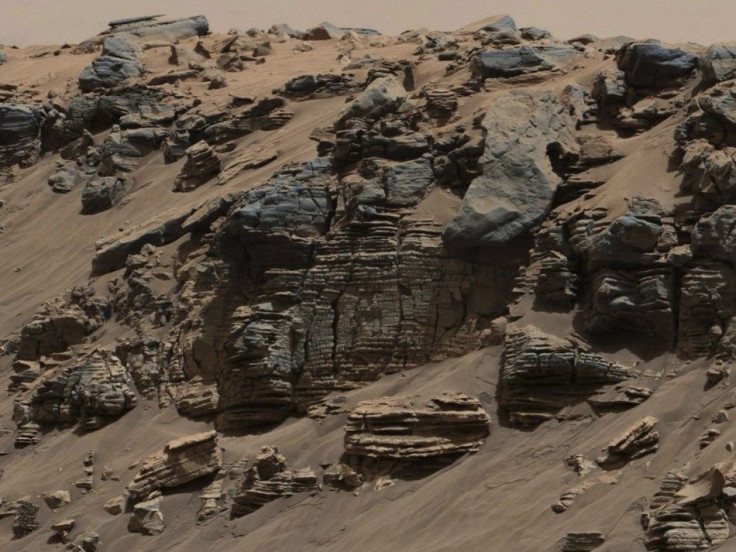NASA, Microsoft Design Wearable Technology That Allows Scientists To Work Virtually On Mars

A wearable technology, the Microsoft HoloLens, allows scientists to work virtually on Mars. It uses a new technology, the software OnSight, developed by Microsoft and the National Aeronautics and Space Administration (NASA).
It was specifically developed at NASA’s Jet Propulsion Laboratory in Pasadena, California, that would give savants a way to plan and conduct science operations in Mars, together with the Mars Curiosity rover, reports Clarksvilleonline.com.
The software provides rover scientists the ability to walk around and explore Mars while in their office on Earth by fundamentally changing perception and how the scientific community understands environment on the planet which surrounds the rover.
OnSight creates a 3-D simulation of the environment in Mars and uses real rover data, providing programme scientists ability to check the rover’s worksite using a first-person perspective, plan new activities and preview their work.
It improves on the current technology in which scientists study images from Mars on a computer screen and make inferences on what they see, although they are limited by lack of depth even if images are 3D.
By using holographic computing technology to overlay visual information and rover data into the user’s field of view, a view of the physical world is blended with computer-generated images, creating a hybrid of real and virtual worlds.
To view those images, they would need to use the Microsoft HoloLens gadget, giving the user an opportunity to interact with Mars in a more natural, human way.
Jeff Norris, the JPL OnSight project manager, says, “Previously, our Mars explorers have been stuck on one side of a computer screen. This tool gives them the ability to explore the rover’s surroundings, much as an Earth geologist would do field work here on our planet.”
To contact the writer, email: v.hernandez@ibtimes.com.au





















